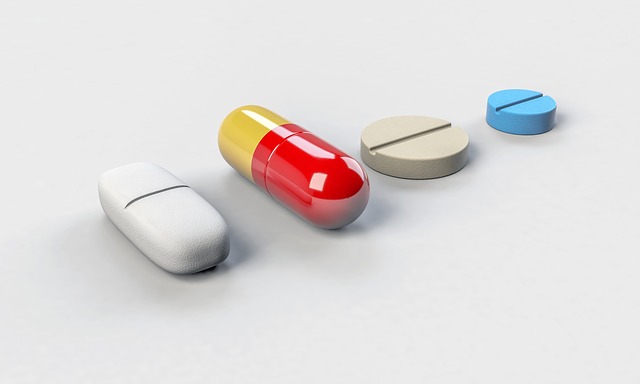Black mold (Stachybotrys chartarum) grows in moist environments and can produce toxic spores that pose health risks, particularly for those with respiratory conditions or weakened immune systems. Not all black mold is dangerous, as many household molds are non-toxic. Health impacts vary based on sensitivity, exposure duration, and amount, with prolonged high-concentration exposure being the main concern. Short-term low-level mold in well-ventilated areas is generally safe. Prevention and mitigation involve addressing moisture issues, improving ventilation, and promptly removing visible mold growth.
“Unraveling the mysteries of black mold is essential for understanding its impact on our health and well-being. This article aims to separate fact from fiction surrounding this controversial topic. We’ll explore the truth about black mold, where it thrives, and dispel common myths. From its hidden growth places to its genuine health effects, we delve into the science behind black mold and its potential risks. By the end, you’ll have a clear view of what’s real and what’s not, empowering you to take informed precautions.”
- Understanding Black Mold: What It Is and Where It Grows
- Debunking Common Myths About Black Mold and Health Risks
- Addressing Legitimate Concerns: Real Health Impacts of Black Mold Exposure
Understanding Black Mold: What It Is and Where It Grows

Black mold, scientifically known as Stachybotrys chartarum, is a type of fungus that can grow on various organic materials in your home or workplace. While it may be commonly associated with damp and dark spaces like basements or shower rooms, it can develop almost anywhere where there’s moisture, including behind walls, under floors, and even inside ceiling tiles. It produces harmful spores that, when dispersed, can cause a range of health risks for humans, particularly those with pre-existing respiratory conditions or compromised immune systems.
The concern surrounding black mold often stems from its association with adverse health effects. However, it’s important to understand that not all mold is dangerous. The health risks posed by black mold are primarily linked to the mycotoxins it produces. These toxic compounds can lead to symptoms such as coughing, wheezing, headaches, fatigue, and even neurological issues in severe cases. Awareness of where and how black mold grows is crucial for prevention and addressing any potential hazards effectively.
Debunking Common Myths About Black Mold and Health Risks

Many people believe that black mold is inherently dangerous and can cause a range of serious health issues. However, the reality is far less sinister. While it’s true that some types of mold can produce toxic compounds called mycotoxins, not all black mold is harmful. In fact, many common household molds don’t produce these toxins at all. The key isn’t to fear black mold in general but to understand its behaviors and potential impacts on health.
One prevalent myth is that exposure to black mold always leads to serious health problems, including respiratory diseases and cognitive decline. This isn’t accurate; the effects on human health depend heavily on individual sensitivity, the amount and duration of exposure, and the specific type of mold. For most healthy individuals, brief exposure to small amounts of black mold is unlikely to cause any significant issues. It’s only when mold grows extensively in homes or buildings, leading to high spore concentrations, that it may pose risks, especially for those with compromised immune systems, allergies, or existing respiratory conditions.
Addressing Legitimate Concerns: Real Health Impacts of Black Mold Exposure

Many people have legitimate concerns about the potential health impacts associated with black mold exposure. While it’s understandable to be wary, it’s essential to separate fact from fiction when discussing black mold’s effects on human health. Black mold, or Stachybotrys chartarum, is often linked to a range of respiratory issues and allergic reactions due to its production of mycotoxins. These toxic compounds can cause irritation, coughing, sneezing, runny noses, and even more severe symptoms in individuals with compromised immune systems or pre-existing respiratory conditions.
However, it’s crucial to remember that black mold health risks are primarily associated with prolonged exposure to high concentrations of the mold and its spores. In most cases, short-term exposure or low levels of mold growth in well-ventilated areas pose minimal risk. Regular cleaning and maintaining a healthy indoor environment can prevent or minimize any potential negative effects. Addressing moisture issues, improving ventilation, and promptly addressing visible mold growth are effective steps to mitigate the risks associated with black mold.
